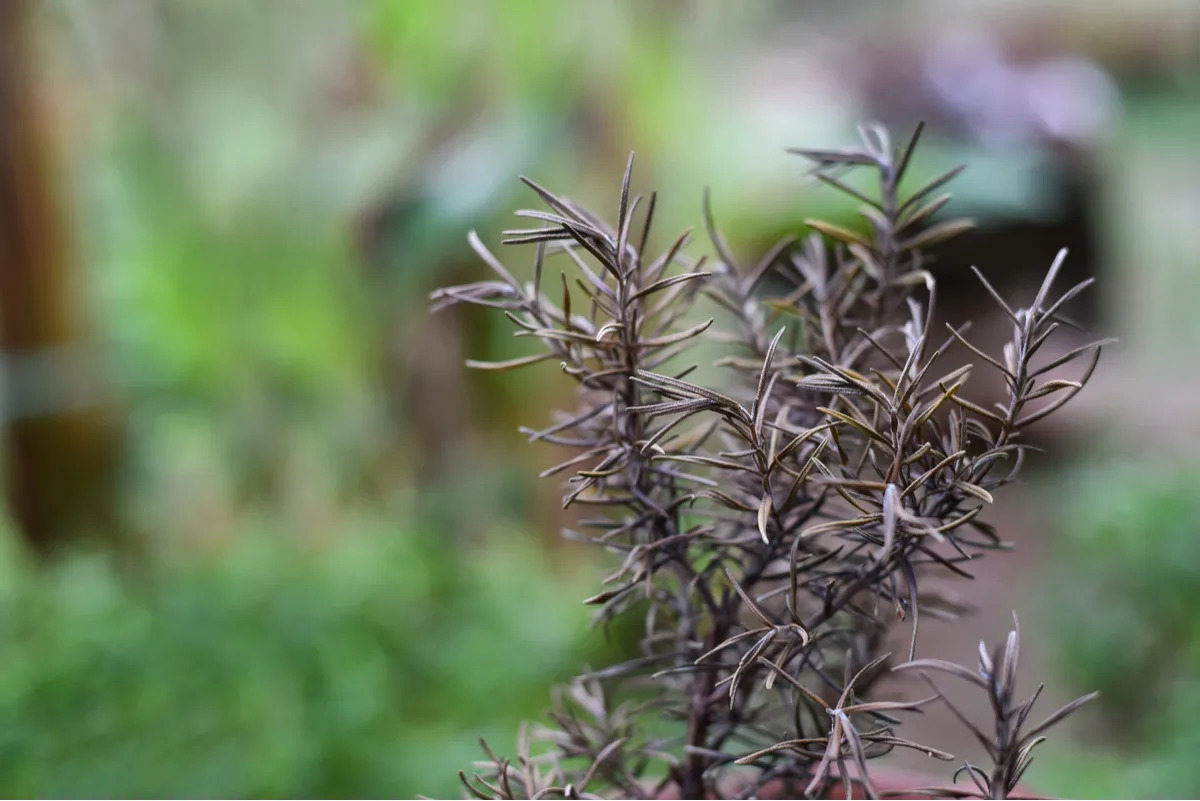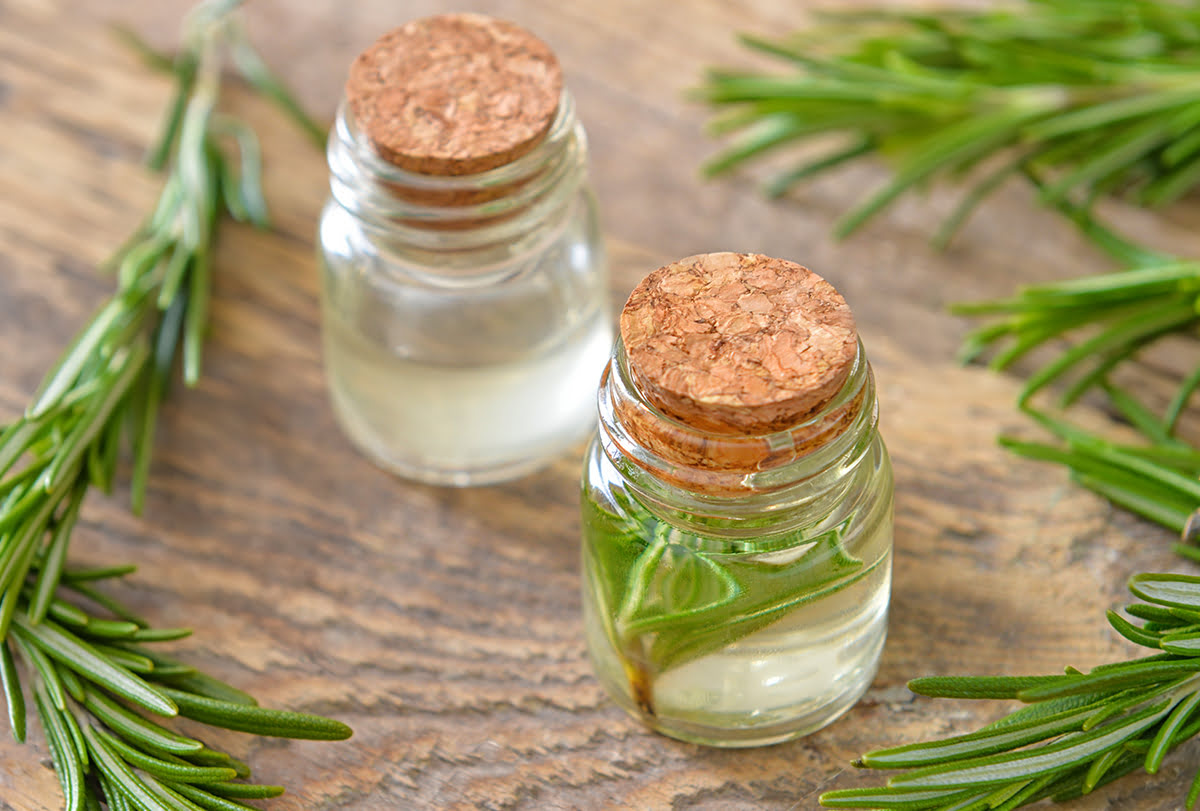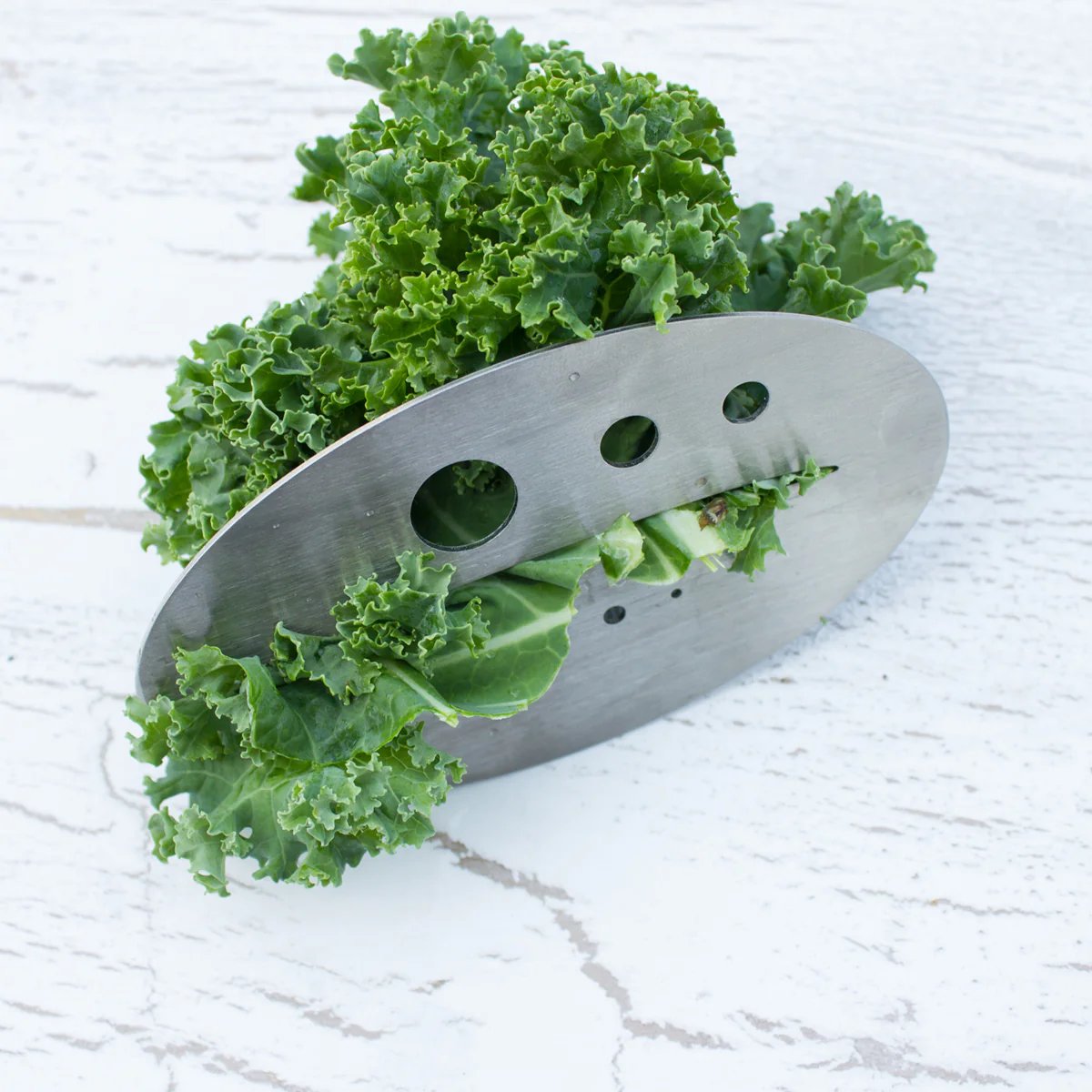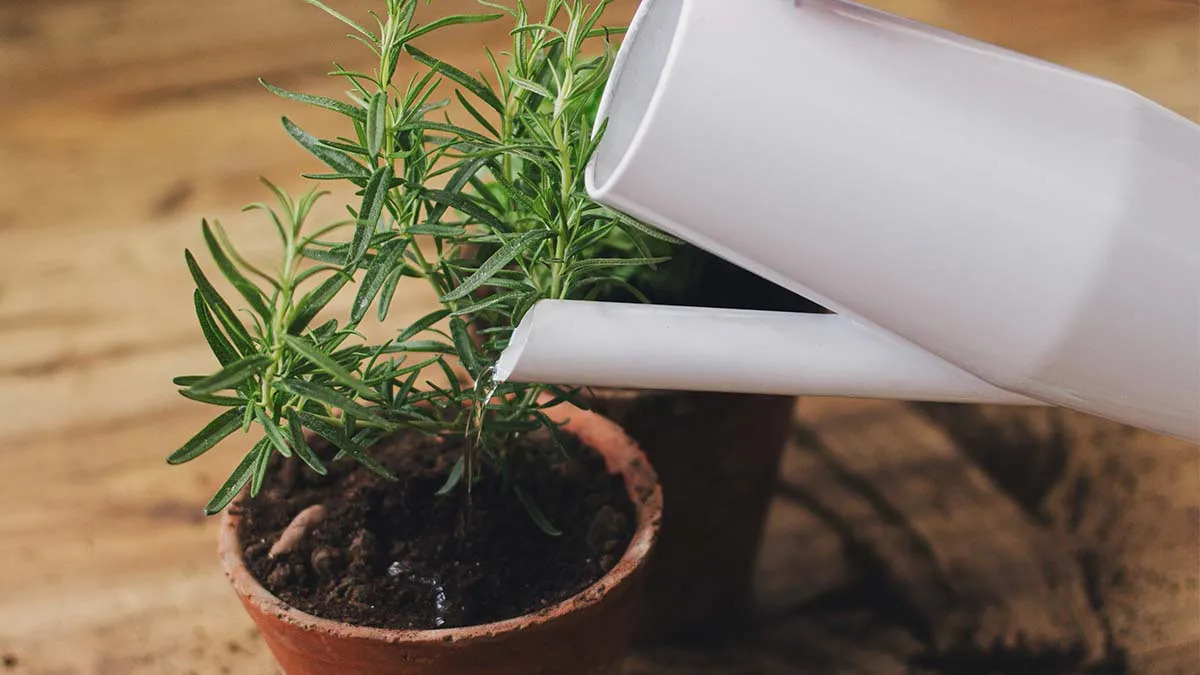Home>Gardening Techniques>Plant Care>How To Strip Rosemary
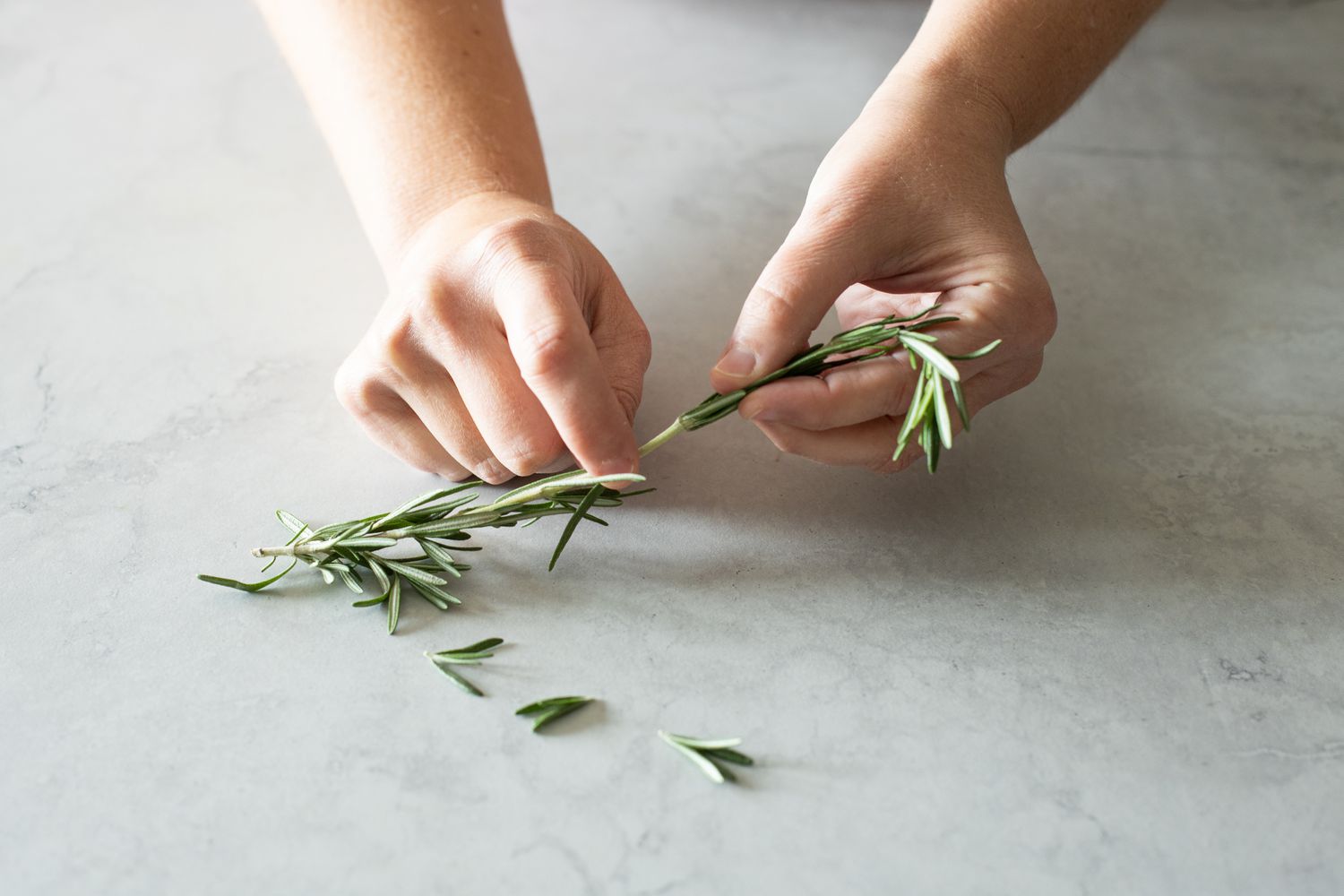

Plant Care
How To Strip Rosemary
Published: January 29, 2024
Learn the essential steps of how to strip rosemary for optimal plant care. Discover the proper techniques to ensure your rosemary thrives and stays healthy.
(Many of the links in this article redirect to a specific reviewed product. Your purchase of these products through affiliate links helps to generate commission for Chicagolandgardening.com, at no extra cost. Learn more)
Table of Contents
Introduction
Rosemary is a versatile and aromatic herb that adds a delightful flavor to a wide range of dishes. Whether you’re a seasoned chef or an adventurous home cook, knowing how to strip rosemary will elevate your culinary creations to new heights. Stripping rosemary involves removing the fragrant leaves from the woody stems, allowing you to fully enjoy the herb’s distinct taste and aroma. In this guide, we will take you through the step-by-step process of stripping rosemary and share tips on how to store and utilize the stripped herb effectively.
With its woody stems and needle-like leaves, rosemary can be quite challenging to work with, but with the right techniques and tools, you’ll be able to handle it with ease and confidence. By stripping rosemary properly, you can infuse its flavor into marinades, soups, stews, roasted meats, and even baked goods. Freshly stripped rosemary can also be used as a garnish for cocktails and infused oils.
Not only does stripping rosemary enhance the taste of your dishes, but it can also be a therapeutic experience. The aromatic oils released from the rosemary leaves can invigorate your senses and promote a sense of calmness and well-being. So, without further ado, let’s dive into the process of stripping rosemary and unlock the full potential of this remarkable herb.
Tools and Materials Needed
Before you begin the process of stripping rosemary, it’s important to gather the necessary tools and materials. Here’s a list of the items you will need:
- Fresh rosemary sprigs: Look for fresh rosemary sprigs with sturdy stems and vibrant green leaves. The quality of the rosemary will significantly impact the flavor of your dishes.
- Kitchen shears or sharp knife: You’ll need a pair of kitchen shears or a sharp knife to cut the rosemary stems and separate the leaves from the woody stems.
- Cutting board: Use a clean cutting board as a surface to work on. Make sure it’s large enough to accommodate the length of the rosemary sprigs.
- Bowl or basin: Fill a bowl or basin with cool water to wash the rosemary sprigs and remove any dirt or debris.
- Paper towels: Keep some paper towels handy to pat dry the rosemary sprigs after washing them.
- Airtight containers: Choose airtight containers or resealable bags to store the stripped rosemary. This will help maintain its freshness and flavor for an extended period.
Having these tools and materials ready will ensure that you can easily and efficiently strip rosemary while keeping the herb fresh and flavorful. Now that you have everything you need, let’s move on to the next steps of the process.
Step 1: Harvesting Fresh Rosemary
Harvesting fresh rosemary is the first step in the process of stripping the herb. Follow these steps to ensure you gather the best quality rosemary for your culinary endeavors:
- Choose the right time: Harvest rosemary in the morning when the essential oils are at their peak, providing the herb’s most intense flavor.
- Select the sprigs: Look for rosemary sprigs that are free from any signs of wilt or discoloration. Opt for sprigs with sturdy stems and vibrant green leaves.
- Use sharp shears or a knife: With your kitchen shears or a sharp knife, cut the rosemary sprigs close to the base of the plant. Aim to harvest the mature, woody stems rather than the young, tender ones.
- Leave the branches intact: To encourage new growth, avoid cutting the rosemary plant too close to the ground. Instead, leave a few inches of the stem intact so that the plant can continue to flourish.
Once you’ve harvested the fresh rosemary, it’s time to move on to the next step: washing the herb to remove any dirt or debris.
Step 2: Washing the Rosemary
After harvesting the fresh rosemary, it’s essential to wash the herb thoroughly to remove any dirt, dust, or debris that may have accumulated. Follow these steps to ensure your rosemary is clean and ready for stripping:
- Fill a bowl or basin with cool water: Prepare a bowl or basin filled with cool water. Make sure it’s deep enough to fully submerge the rosemary sprigs.
- Immerse the rosemary sprigs: Place the harvested rosemary sprigs into the bowl of water, allowing them to soak for a few minutes. This will help loosen any dirt or debris clinging to the leaves.
- Gently agitate the sprigs: Using your hands, gently agitate the rosemary sprigs in the water. This will help dislodge any stubborn dirt or insects that may be present.
- Remove the sprigs and rinse: Carefully lift the rosemary sprigs out of the water, taking care not to disturb the settled debris. Rinse them under cool running water to ensure all dirt is removed.
- Pat dry with paper towels: Place the rinsed rosemary sprigs onto a layer of paper towels. Gently pat them dry, removing any excess moisture. Avoid rubbing the leaves too vigorously as it could damage the delicate foliage.
Once you’ve washed and dried the rosemary sprigs, they are ready for the next step: removing the leaves from the stems.
Step 3: Removing the Rosemary Leaves from the Stems
Now that your freshly harvested and washed rosemary sprigs are ready, it’s time to strip the leaves from the stems. Follow these steps to effectively remove the rosemary leaves:
- Hold the stem firmly: Take hold of a rosemary stem near the base, where the leaves are attached.
- Slide your fingers backward: Using your thumb and forefinger, slide them backward along the stem to remove the leaves in the opposite direction of growth. Apply gentle pressure to detach the leaves from the stem.
- Repeat the process: Continue sliding your fingers along the stem, stripping off the leaves as you go. Be careful not to remove any tender new growth, focusing only on the mature leaves.
- Trim off the tough ends: If the lower portion of the rosemary stem is tough and woody, trim it off using kitchen shears or a sharp knife.
- Collect the stripped rosemary: As you strip the leaves, collect them in a clean bowl or a cutting board. Repeat the process with the remaining rosemary sprigs until you have stripped all the leaves.
Removing the rosemary leaves from the stems can be a soothing and meditative process. Take your time to enjoy the aroma released from the leaves and appreciate the beauty of the herb. Once you’ve successfully stripped all the rosemary leaves, it’s time to move on to the next step: storing the stripped rosemary.
Step 4: Storing the Stripped Rosemary
Proper storage is essential to preserve the freshness and flavor of the stripped rosemary. Follow these guidelines to ensure your herb stays aromatic and ready for culinary adventures:
- Choose airtight containers: Transfer the stripped rosemary leaves into clean, airtight containers or resealable bags. This will help maintain their freshness and prevent moisture from affecting the herb.
- Label and date: It’s helpful to label the containers with the date of stripping. This will make it easier to keep track of the herb’s freshness and ensure you use it within a reasonable time frame.
- Store in the refrigerator: Place the containers of stripped rosemary in the refrigerator. The cool temperature will help extend the herb’s shelf life.
- Avoid condensation: Before sealing the containers, ensure that the rosemary leaves are dry. Any excess moisture can lead to mold formation. If the leaves are slightly damp, pat them dry with a paper towel or allow them to air dry before storage.
- Freeze for long-term storage: If you have an abundance of stripped rosemary and want to extend its shelf life further, you can freeze it. Place the leaves in freezer-safe bags, remove as much air as possible, and seal tightly. Frozen rosemary can last for several months.
By following these storage practices, you can enjoy the fresh flavor of rosemary in your cooking for an extended period. Next, we’ll explore the various ways to utilize the stripped rosemary in your culinary creations.
Step 5: Utilizing the Stripped Rosemary
Now that you have successfully stripped and stored the rosemary leaves, it’s time to unleash their aromatic flavor in your culinary creations. Here are some creative ways to utilize the stripped rosemary:
- Cooking: Add rosemary leaves to marinades, soups, stews, and roasted meats for a burst of flavor. The earthy and pine-like notes of rosemary complement a wide range of dishes, from grilled vegetables to tender lamb chops.
- Baking: Incorporate stripped rosemary leaves into your bread, focaccia, or cornbread recipes for a delightful herbal twist. The herb-infused bread will fill your kitchen with an irresistible aroma.
- Infused oils: Create your own herb-infused oils by placing dried stripped rosemary leaves in a bottle, filling it with your preferred oil (such as olive oil or grapeseed oil), and letting it infuse for a few weeks. Use the infused oil for dressings, drizzling over vegetables, or dipping bread.
- Cocktails: Garnish your cocktails with a sprig of fresh rosemary. Not only will it add a visually appealing touch, but it will also infuse your drink with a subtle herbal aroma.
- Flavored salts: Make your own flavored salt by combining stripped rosemary leaves with coarse sea salt. Let the mixture sit for a few days to allow the flavors to infuse. Use this aromatic salt to season dishes and enhance their taste.
The versatility of stripped rosemary allows you to experiment and get creative in the kitchen. Remember to adjust the quantity of rosemary based on your taste preferences and the specific dish you’re preparing. Enjoy the aromatic and flavorful experience that fresh rosemary brings to your culinary creations.
Conclusion
Learning how to strip rosemary is a valuable skill for any plant-loving cook. By following the steps outlined in this guide, you can confidently harvest, wash, strip, and store fresh rosemary, ensuring its optimal flavor and fragrance for your culinary creations.
Remember that timing is crucial when harvesting rosemary, as the essential oils are at their peak in the morning. Selecting healthy and vibrant sprigs will contribute to the overall quality of the herb.
Take care when washing the rosemary to remove any dirt or debris, ensuring that the leaves are completely dry before moving on to the stripping process. Use your fingers to gently slide along the stem, removing the leaves in the opposite direction of growth.
Proper storage is essential to maintain the freshness and flavor of the stripped rosemary. Store the leaves in airtight containers in the refrigerator, or freeze them for longer-term storage.
Utilizing the stripped rosemary in various culinary applications opens up a world of flavor possibilities. From savory dishes to baked goods, infused oils, cocktails, and flavored salts, the versatility of rosemary allows you to explore and experiment in the kitchen.
So, next time you come across a lush rosemary plant, remember how to strip it effectively and make the most of this aromatic herb. Let the scent of rosemary fill your kitchen, and savor the delightful flavors it adds to your favorite recipes.
